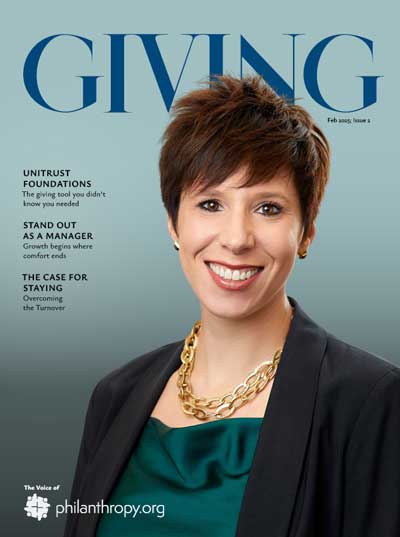What’s the difference between advertising and public relations?
“In advertising, you tell your audience how great you are. In public relations, you get someone else to tell them the same thing.”
Fundraisers, like other marketers, face skepticism and resistance nowadays when they make a direct statement about the worthiness of their organization. Prospects feel they have been fooled so many times by government, corporations and non-profits that the first response to any straight-out, first-person message is distrust. Before you can get prospects to listen to your recitation of your organization’s accomplishments and needs, you have to expend a lot of persuasive energy to get past their defenses.
And forget any general claims from you about your nonprofit’s “excellence” or “commitment to quality.” Those qualities have been trumpeted too many times, by too many organizations, with far too little supporting detail, to make any impression except a negative one on your prospects.
But, you can still promote your institution indirectly by using what others say about you. Testimonials by satisfied donors, or by recipients of your organization’s services (students, patients, theater-goers, etc.) seem automatically to carry more credibility than anything you could say. And, third parties will often say glowing things about you that you would be too embarrassed to say yourself!
“Tell Me a Story”
Nonprofit testimonials are stories – the success stories of your donors and the gifts they made. Their honesty and natural eloquence get through the daily barrage of marketing messages to deliver your message. They can and should be used in every medium you use to communicate with your prospects (even the walls of your organization).
Your donor’s testimonial elicits a natural identification in your prospects. “That’s me” is their response after reading it. They put themselves into the story. That is exactly where you want them, visualizing a positive outcome for themselves if they make a gift, too.
Start With a Good Headline
Headlines grab attention and make the reader want to learn more (at least they should). They are the “ad for the ad” (the nonprofit testimonial).
Use Pictures of Your Donors
Pictures draw the eye in a way that a headline and block of text never can. They provide a visual impact that works alone and in conjunction with the nonprofit testimonial. Work patiently with the donors who are giving you testimonials to get photographs that are visually interesting and that resonate with your target market (your planned giving prospects). Turn down the stiff poses in front of blank backgrounds, and ask instead for pictures of your donors enjoying their favorite hobbies or interacting with your organization’s staff (VirtualGiving has a stock photo of an older fellow in a bright red sweater, swinging through a square-dance move, and believe us, it gets more attention than a solemn portrait of the same guy in a dark suit ever would).
The Body Copy
The copy of the nonprofit testimonial itself should do two things. First, it agrees with what a prospective donor thinks about your institution. This has been called “the world view” by Seth Godin. Robert Collier calls this agreeing “with the conversation already going on in the person’s mind.” The more agreement you create, the better able you are to convey your message.
Second, the copy should impart information and benefits about using your services. The strength of your message is more important than the strength of your copy. A weak message said well will still perform weakly. A strong message said well can yield explosive results.
Categories: Planned Giving Marketing, Marketing Planned Giving



